Join Cultural Samvaad’s WhatsApp community
The Ramayana is a living text in India. Like most Indians, I don’t remember when I heard the story of the Ramayana for the first time or when an image of the quintessential Rama Darbar left an indelible impression on my mind. The Ramayana was and is omnipresent. It is a part of my consciousness. I conjecture that this statement is true for many Indians and people of Indian origin and for millions of others who have grown up across South Asia and South East Asia.
Ramayana and Ramkatha
The Ramayana is a part of our smriti (that which is remembered) literature. This timeless epic is also referred to as itihaas (it happened thus). As per tradition, the adikavya (first poem) Ramayana was composed by the revered Maharishi Valmiki in Sanskrit. And since then, it has spawned countless retellings and renderings in multiple languages and across multifarious art forms – visual and performing.
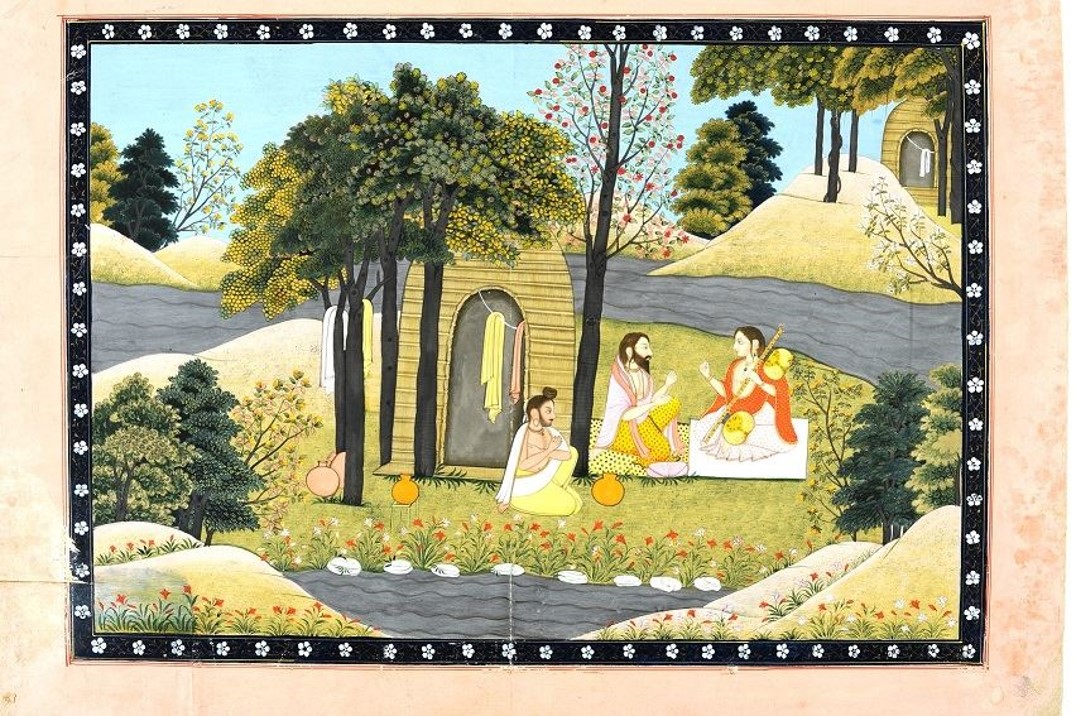
Kangra Style Pahari – Early 19th Century
Image Courtesy: National Museum, New Delhi
That brings us to another term – the Ramkatha which essentially refers to the story of Ram and Sita. While the Valmiki Ramayana in Sanskrit is the earliest extant telling of the Ramkatha, no one knows for sure when this immortal tale was first narrated. However, almost everyone agrees that the first telling of the Ramkatha cannot be later than over two and a half thousand years ago. It is generally said about the Ramkatha:
सीता राम चरित अति पावन, मधुर, सरस और अति मन भावन|
पुनि पुनि कितने हो सुने सुनाये, हिय की प्यास बुझत ना बुझाये|[i]
(The enchanting tale of Sita and Rama is like a pure and mellifluous song that touches the innermost recesses of the heart. One can hear it again and again, but the heart remains thirsty for more…)
And an entire culture has remained thirsty for more…
As mentioned earlier, with the Valmiki Ramayana at the core; authors, poets, singers, dancers, sculptors, artists, politicians, religious leaders and devotees built on the Ramkatha. They added and they subtracted, they re-interpreted and they misinterpreted, they used and they misused, and the Ramkatha kept flowing on. In his seminal thesis titled ‘Ramkatha: Utapatti aur Vikas’, Father Camille Bulcke counted over 300 tellings.[ii] His pioneering approach to the scholarly study of the Ramkatha became the inspiration for A.K. Ramanajum’s compelling yet controversial essay – “Three Hundred Ramayanas: Five Examples and Three Thoughts on Translation”.
Many Ramayanas or many retellings and renderings of the Ramkatha?
It is now commonplace to speak of many Ramayanas.[iii] Are there many Ramayanas or are there many retellings and renderings of the Ramkatha? While I tend to go with the latter, many may go for the former. The choice of the latter over the former is not the fundamental issue beyond a point. The problems lie elsewhere. Let me request your indulgence to dwell on a handful of them for a few moments.
The argument of the many Ramayanas is sometimes used as an excuse to deride the monumental work and pioneering effort of Adikavi Valmiki! More than the derision, the approach is misused to put every rendering and retelling of the Ramkatha at the same pedestal without exhorting the reader/listener to exercise her /his judgement and understand the macro and micro context that was instrumental to the retelling in question. This is where we start gnawing at the very roots of the Ramkatha tradition. By establishing the primacy of all narratives in the same breath, we forget to highlight that the part of the narrative which one finds inimical to her/his view, was probably added by someone and can easily be subtracted by someone else.
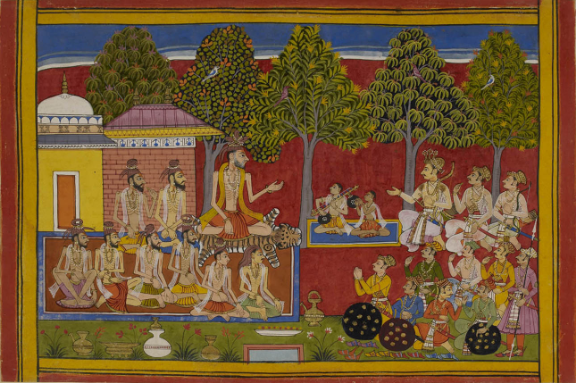
Mewar Ramayana – British Library
The Ramkatha flows on…
Let me illustrate with a few examples. The Lakshman Rekha which is used to build artificial boundaries for women did not make its first appearance till the medieval times. Sita is not always the maudlin figure that she is commonly portrayed as. ‘Adbhuta Ramayana’, a Sanskrit text of the early part of the last millennia identifies her with AdiShakti and she is the one who finally annihilates the multi-headed Ravana who refuses to die. In the Paumacariya, a Jaina retelling of the Ramkatha written by Vimalasuri, it is Lakshmana who kills Ravana. The Uttarakanda where Rama banishes Sita is not even generally considered to be a part of the original work of Valmiki. In fact, most retellings of the Ramkatha end with the establishment of Ramarajya (the golden age of Rama as the divine king). And we can go on and on…
It is imperative to remember that generations across time and space have conversed with the characters of the Ramayana…one speaks to them and they speak back. Each individual has her or his Ramkatha or Ramkahani to narrate and each rendering of the Ramkatha is not a commentary on the character of Rama and Sita but a commentary on the narrator who shapes the narrative to meet her/his goals. Each Ramkatha is also a reflection of the socio-political and economic realities of the time in which it is told and yes, each Ramkatha needs to be told and heard and mulled upon.
The Ramakatha is here to stay.
Valmiki states: रामो विग्रहवान् धर्म: [iv]| Rama is the personification of Dharma (righteousness) and that is why the Ramayana is a Dharmashastra. Sita and Rama are immortal and timeless icons of Dharma in Indian culture. They can neither be appropriated nor banished. They will be revered and worshipped, and yet earlier retellings will be questioned. The questioning will lead to newer retellings. The tradition must and will go on…The Ramkatha is here to stay. How we choose to tell the Ramkatha and mould the Dharma of the times in which we live in will make all the difference.
जय श्रीराम|
Author’s Note: I would like to acknowledge the works of many great scholars of the Ramayana who have profoundly influenced my thought process. I also want to thank the students of two successive batches of the Comparative Mythology course run by the Sanskrit Department at the Mumbai University for whom the initial parts of this note were originally written.
[i] I first heard this beautiful couplet in the bhajan with which each episode of Ramanand Sagar’s serial – Ramayana used to begin with.
[ii] Father Camille Bulcke came to India as a Jesuit missionary from Belgium. He fell in love with India, Hindi and Goswami Tulsidas’ Ramacharit Manas and never returned. His thesis referred to in the text was in Hindi.
[iii] ‘Many Ramayanas’ is also the name of an engaging book edited by Paula Richman. Richman, Paula, editor. Many Ramayanas: The Diversity of a Narrative Tradition in South Asia. Berkeley: University of California Press, 1991.
[iv] Valmiki Ramayana – 3.37.13. You can refer to the Valmiki Ramayana online at https://www.valmiki.iitk.ac.in/.


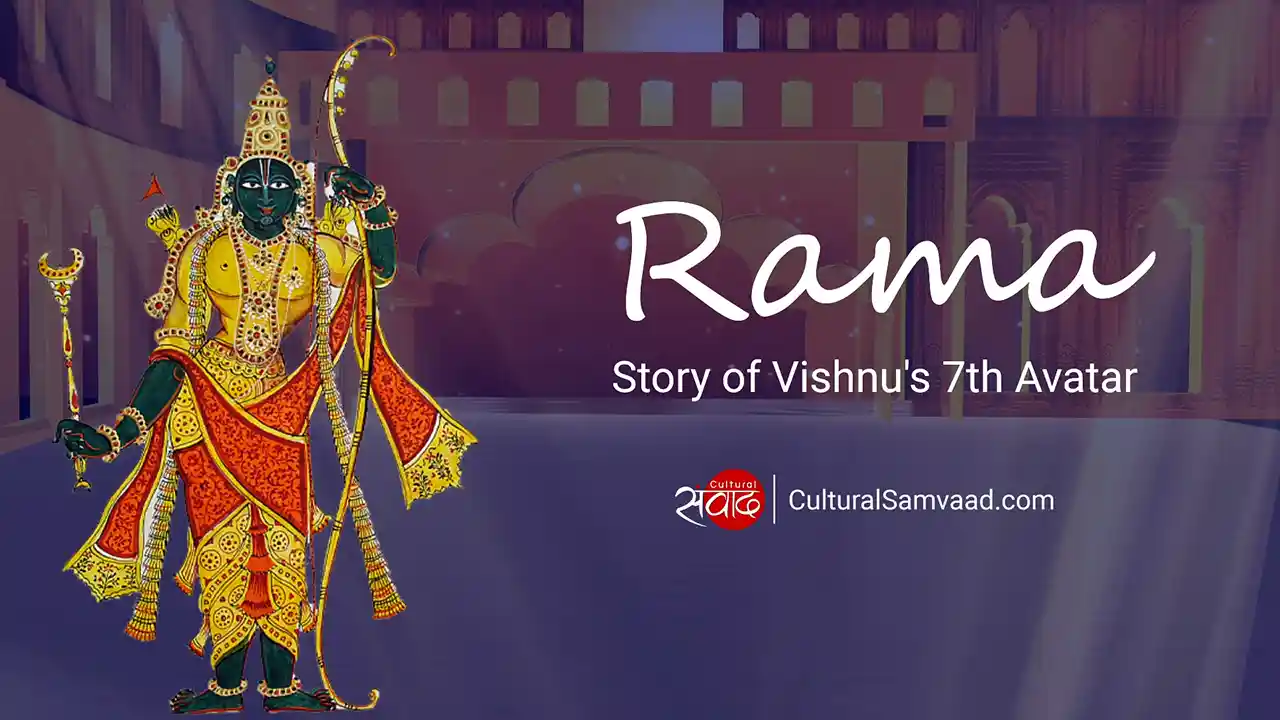
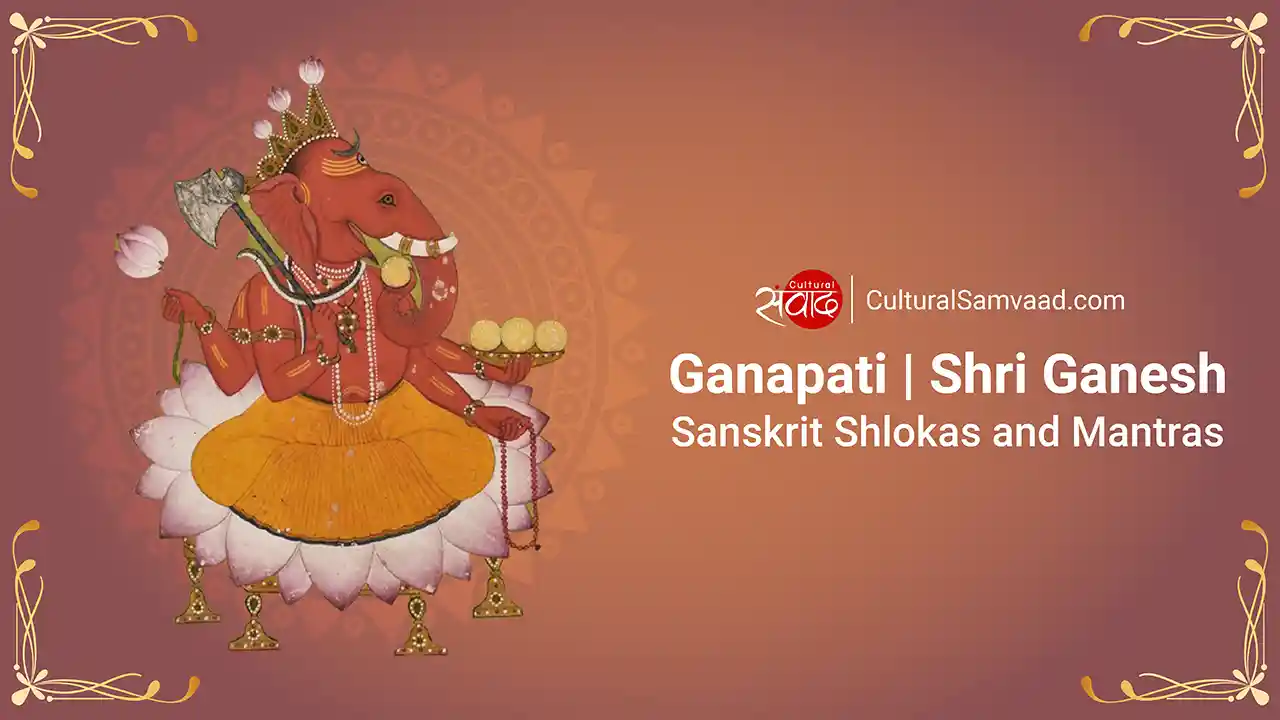

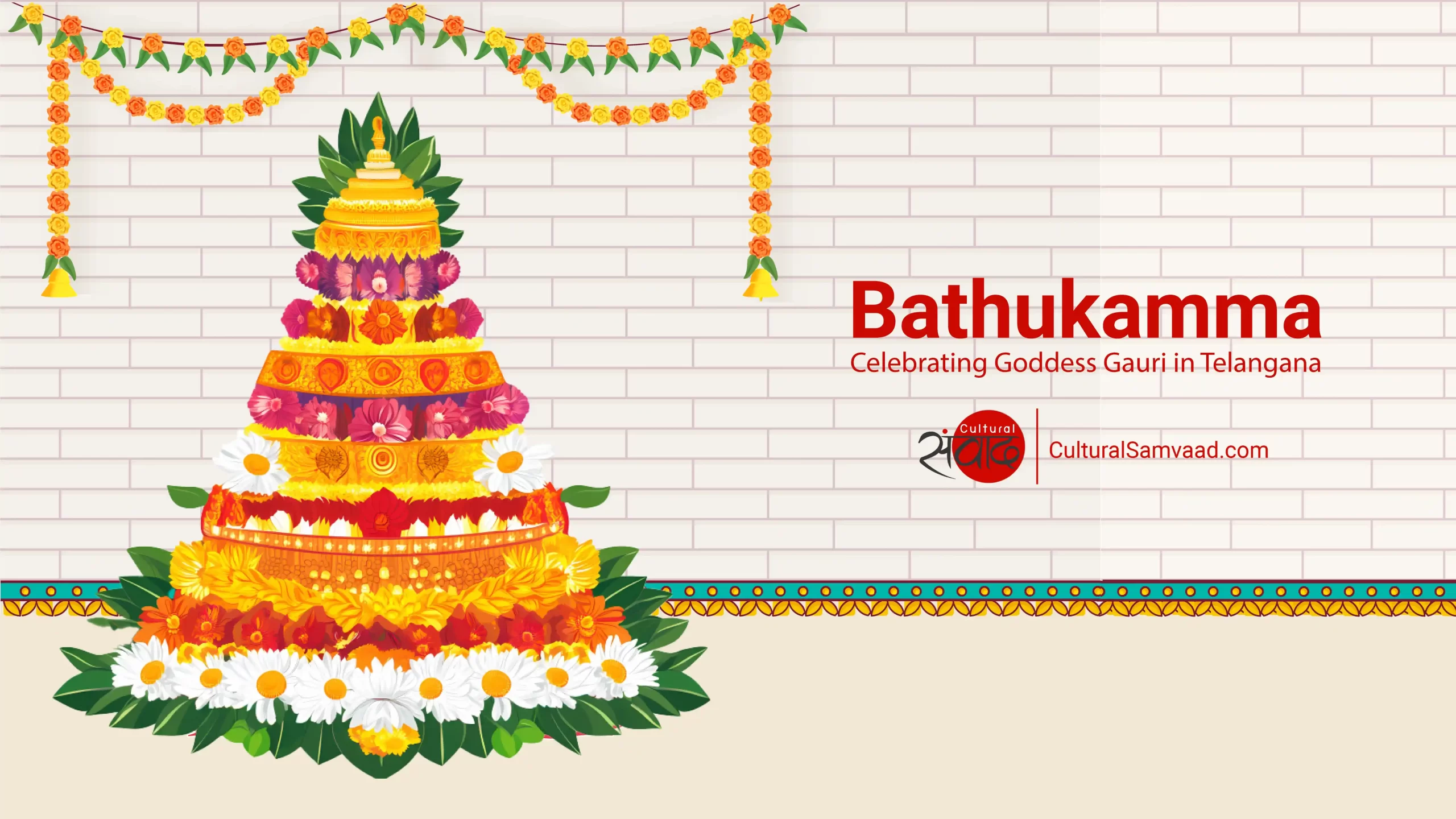
Interesting and well-written article. We should not lose sight of the changing nature of even our epics. Hope that we can retell our own Ramayana in a positive manner.
Thanks for your kind feedback. We hope to do a series of pieces on the ever-changing nature of our epics and many other aspects of Indian Culture. Probably this is what makes India so resilient…the ability to adapt and yet be true to her core.
very well crafted, though short. keep writing, Garima.
Thanks a ton Narayan for your encouragement. Touched.
Very well explained with nice visuals and creativity. really loved it..thanks for sharing!!
Beautiful article! So rightly mentioned that Rama katha will have its relevance in all ages as we mould it as per the dharma of the times we live in. Ages have passed yet the relevance of this great epic continues. It lends the structure of Indian society a firm base. Times might change but ideals do not deviate much.